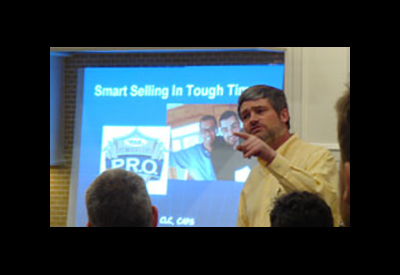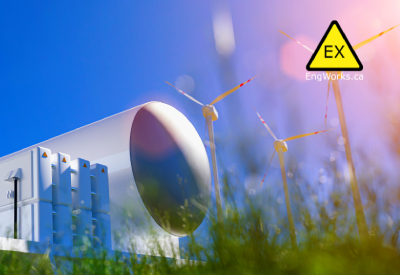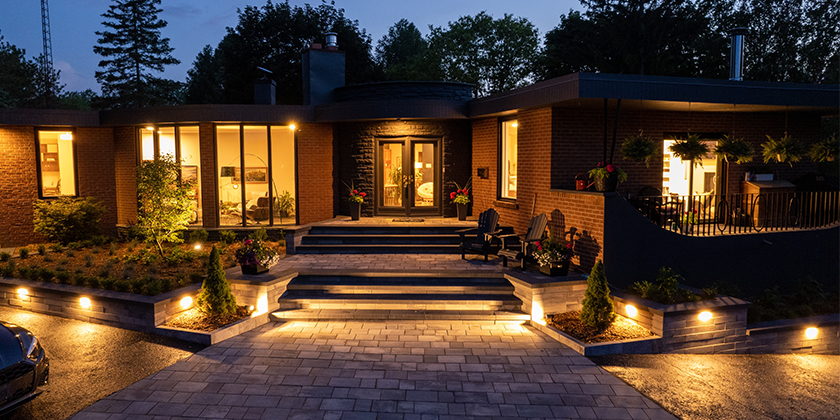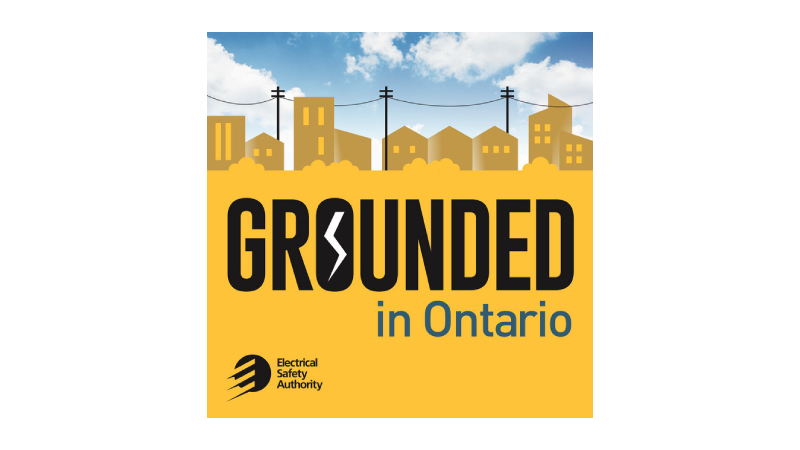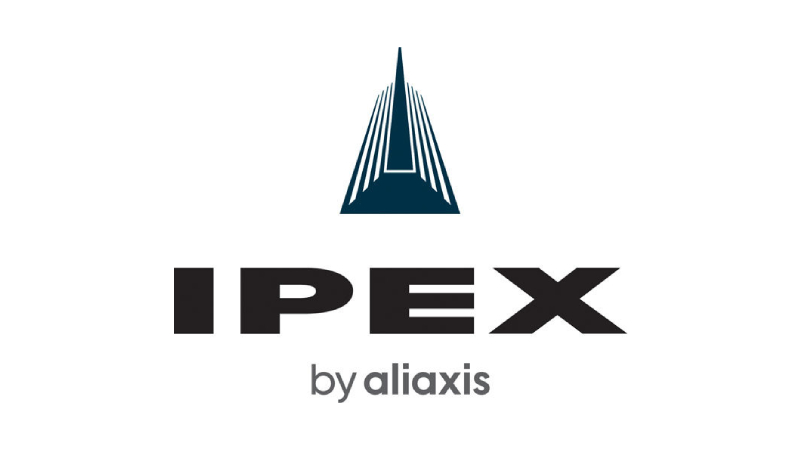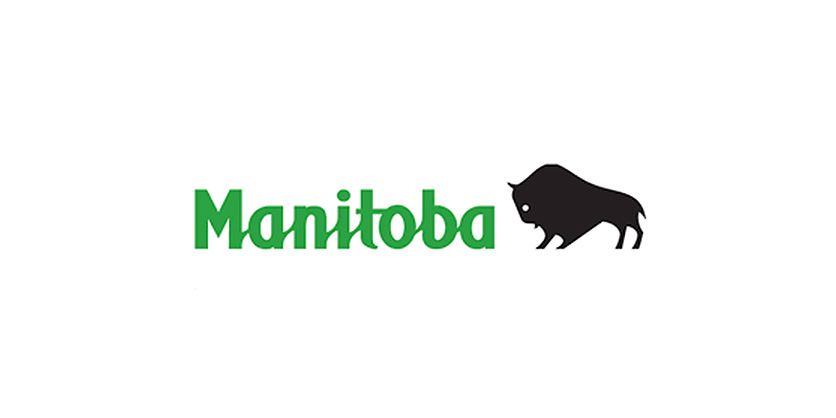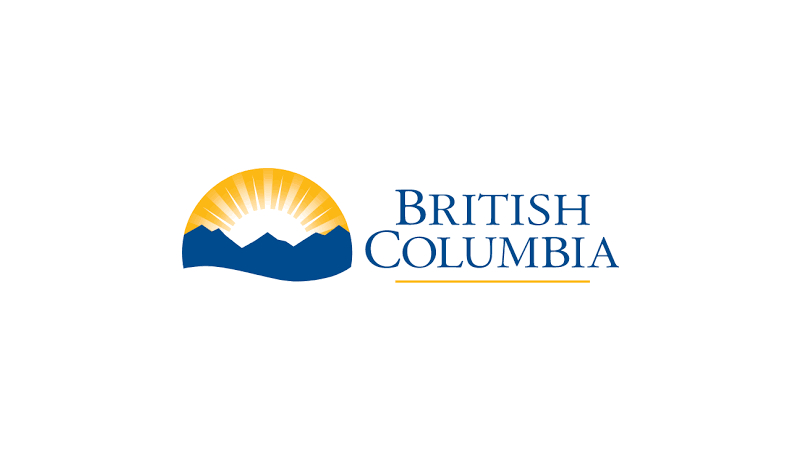2015 CE Code — Part 1 Changes V: Section 18
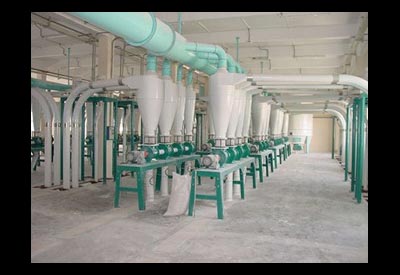
Steve Douglas
Read Part 1 of CE 2015 Code Changes here.
Read Part 2 of CE 2015 Code Changes here.
Read Part 3 of CE 2015 Code Changes here.
Read Part 4 of CE 2015 Code Changes here.
This is the fifth and final article in a series detailing significant changes the Technical Committee considered the 2015 Canadian Electrical Code Part I (CE Code). The final meeting for 2015 CE Code changes took place in June 2014. The rules shown in this article are limited to changes adopted by CE Code Technical Committee and are not subject to further changes. It should be noted that until a formal memorandum of revisions to the CE Code is published by the CSA, the information provided in this article is simply based on the observations of the writer.

Photo 1. A Class III location now known as an explosive dust atmosphere
Section 18 has undergone a tremendous amount of changes replacing hazardous location classes throughout the section with zones. As a result, hazardous locations classifications are either explosive gas atmospheres or explosive dust atmospheres. All references to classes of hazardous locations with an exception to a reference in the scope to Annex J18 of Appendix J have been deleted and were necessarily replaced with the appropriate zone designation. The most significant change being the replacement of Class II and Class III locations (combustible or electrically conductive combustible dusts, and easily ignitable fibres or flyings) with Zones 20, 21, and 22. The new definitions for Zones 20, 21, and 22 read:
• “Zone 20 — a location in which an explosive dust atmosphere, in the form of a cloud of dust in air, is present continuously, or for long periods or frequently”
• “Zone 21 — a location in which an explosive dust atmosphere, in the form of a cloud of dust in air, is likely to occur in normal operation occasionally”
• “Zone 22 — location in which an explosive dust atmosphere, in the form of a cloud of dust in air, is not likely to occur in normal operation but, if it does occur, will persist for a short period only”
Additional related new definitions have been added to the Section 18 special terminology that read:
• “Dust — generic term including both combustible dust and combustible flyings
• Combustible dust — dust particles that are 500 μm or smaller (material passing a No. 35 Standard Sieve as defined in ASTM E 11, Standard Specification for Wire Cloth and Sieves for Testing Purposes) and present a fire or explosion hazard when dispersed and ignited in air”
• “Conductive dust — combustible metal dust”
• “Non-conductive dust — combustible dust other than combustible metal dust”
• “Combustible flyings — solid particles, including fibres, greater than 500 μm in nominal size which may be suspended in air and could settle out of the atmosphere under their own weight”
• “Equipment protection level (EPL) — level of protection assigned to equipment based on its likelihood of becoming a source of ignition and distinguishing the differences between explosive gas atmospheres, explosive dust atmospheres, and the explosive atmospheres in mines susceptible to firedamp”
• “EPL Da — equipment for explosive dust atmospheres, having a “very high” level of protection, which is not a source of ignition in normal operation, during expected malfunctions, or during rare malfunctions”
• “EPL Db — equipment for explosive dust atmospheres, having a “high” level of protection, which is not a source of ignition in normal operation or during expected malfunctions”
• “EPL Dc — equipment for explosive dust atmospheres, having an “enhanced” level of protection, which is not a source of ignition in normal operation and which may have some additional protection to ensure that it remains inactive as an ignition source in the case of regular expected occurrences (for example failure of a lamp)”
• “Explosive atmosphere — mixture with air, under atmospheric conditions, of flammable substances in the form of gas, vapour, dust, fibres, or flyings which, after ignition, permits self-sustaining propagation”
• “Explosive dust atmosphere — mixture with air, under atmospheric conditions, of flammable substances in the form of dust, fibres, or flyings which, after ignition, permits self-sustaining propagation”
The descriptions of Zones 0, 1, and 2 have been moved from Rule 18-006 to the Section 18 special terminology, where the described hazardous areas appear as definitions. In addition to this move definitions for EPL Ga, EPL Gb, and EPL Gc have been added that read:
• “EPL Ga — equipment for explosive gas atmospheres, having a “very high” level of protection, which is not a source of ignition in normal operation, during expected malfunctions or during rare malfunctions”
• “EPL Gb — equipment for explosive gas atmospheres, having a “high” level of protection, which is not a source of ignition in normal operation or during expected malfunctions”
• “EPL Gc — equipment for explosive gas atmospheres, having an “enhanced” level of protection, which is not a source of ignition in normal operation and which may have some additional protection to ensure that it remains inactive as an ignition source in the case of regular expected occurrences (for example failure of a lamp)”
The final special terminology changes are the deletion of the definition for “Non-incendive circuit” and the rewording of “Methods of protection” to “Types of protection — defined methods to reduce the risk of ignition of explosive atmospheres.” The reference to “gas” was also removed recognizing that “Types of protection” now include all hazardous locations.
In addition to the general changes already mentioned, Subrules (3) and (4) of Rule 18-050 regarding Class I Division 1 or 2 Groups A, B, C, and D electrical equipment have been deleted. Three new subrules have been added allowing Group IIC marked equipment where Group IIA and IIB equipment are required, Group IIB marked equipment where Group IIA equipment is required, and allowing equipment marked for specific gas of vapours where the specific gas of vapour may be encountered.
Rule 18-052 has removed the permissive marking for electrical equipment intended for use in explosive atmospheres and made the marking mandatory. In addition, the types of protection have been expanded to include equipment protection levels Da, Db, and Dc, and a new subrule has been added requiring the maximum surface temperature for equipment used in an explosive dust atmosphere to have the temperature in degrees Celsius and preceded by a “T”.
Rule 18-054 has two new subrules; first is a subrule that will not allow equipment in explosive dust atmospheres where the dust layer or dust cloud ignition temperature is less than the maximum surface temperature of the equipment referred to in Rule 18-052. Second is a new subrule explaining that where equipment is installed in explosive gas atmospheres and is not required to be approved for a hazardous location, the surface temperature is any internal or external point of the equipment that is exposed to the explosive atmosphere.

Photo 2. A Class II location now known as an explosive dust atmosphere
Terminology “Non-incendive” has been deleted from Rule 18-066 and the revised wording now allows specific permission to use intrinsically safe “ia” and “ib” circuits in Zones 1, 2, 21 and 22, and intrinsically safe “ia”, “ib” and “ic” circuits in Zones 2 and 22. In addition, a new subrule has been added requiring intrinsically safe circuits and wiring to be designed for the application and installed in accordance with the documentation provided including the control drawings.
A new Rule 18-076 has been added not allowing uninsulated exposed parts of electrical equipment in hazardous locations unless the equipment is provided with ia, ib, ic, or nA type of protection and is operating at less than 15 volts in wet locations or 30 volts for other locations. Another exception is for cranes, hoists, and similar equipment in a Zone 22 location. Examples of parts of electrical equipment that may have uninsulated exposed parts are terminals, components, buses and conductors. With this change Rules 18-130, 18-162, 18-224, 18-274, 18-326, and 18-376 were deleted.

Photo 3. A Class I Zone I North American Explosion accepted flamproof enclosure suitable for a Type IIB (atmospheres up to 95 micro joules ignition energy) and hydrogen application. Ingress Protection: IP66. Also Qualified Class I, Divisions 1 & 2 Gas groups B, C, & D with a UL Type 4. Also Qualified for Class II Divisions 1 & 2, Dust groups E, F & G, and all Class III applications.
Rule 18-090 that covers wiring in Zone 0 locations has been expanded to allow equipment that is intrinsically safe for Class I, Division 1 locations, and in addition to the already allowed equipment provided with protection level Ga and intrinsically safe type “ia” equipment, equipment that is encapsulated type “ma” is also allowed.
A new Subrule (3) has been added to Rule 18-092 requiring seals in Zone 0 locations to be accessible and be identified for the purpose of minimizing passage of gases, vapours, or dusts under normal operating conditions.
Rule 18-100 regarding equipment in Zone 1 locations has been expanded to include “pxb” and “pyb” for pressurized types of protection and “ma” and “mb” for encapsulation type of protection. In addition throughout Section 18 the term “flame proof” has been replaced with “flameproofed”.
Many rules and subrules throughout Section 18 have been deleted as a duplicate of the requirements in Rule 18-100 and approval of equipment used in hazardous locations; these include Rules 18-102 for transformers and capacitors, and 18-104 for meters instruments, and relays, parts of Rule 18-106 Wiring methods, 18-110 Switches, motor controllers, circuit breakers, and fuses, 18-112 Control transformers and resistors, 18-114 Motors and generators, 18-116 Ignition systems for gas turbines, 18-118 Luminaires, 18-122 Flexible cords, 18-124 Receptacles and attachment plugs, 18-126 Conductor insulation, 18-128 Signal, alarm, remote control, and communication systems, 18-158 Electrically heated utilization equipment, fixed and portable, 18-200 Transformers and capacitors, Class II, Division 1, 18-206 Switches, controllers, circuit breakers, and fuses, 18-208 Control transformers and resistors, 18-210 Motors and generators, 18-212 Ventilating pipes, 18-214 Utilization equipment, fixed and portable, 18-220 Receptacles and attachment plugs, 18-222 Signal, alarm, remote control, and communication systems, meters, instruments, and relays, 18-250 Transformers and capacitors, Class II, Division 2, 18-256 Switches, controllers, circuit breakers, and fuses, 18-258 Control transformers and resistors, 18-260 Motors and generators, 18-262 Ventilation pipes, 18-264 Utilization equipment, fixed and portable, 18-266 Luminaires, 18-268 Flexible cords, 18-270 Receptacles and attachment plugs, 18-272 Signal, alarm, remote control, and communication systems, meters, instruments, and relays, 18-300 Transformers and capacitors Class III, Division 1, 18-304 Switches, controllers, circuit breakers, and fuses, 18-306 Control transformers and resistors, 18-308 Motors and generators, 18-310 Ventilating pipes, 18-312 Utilization equipment, fixed and portable, 18-314 Luminaires, 18-318 Receptacles and attachment plugs, 18-320 Signal, alarm, remote control, and communication systems, 18-350 Transformers and capacitors, Class III, Division 2, 18-354 Switches, controllers, circuit breakers, and fuses, 18-356 Control transformers and resistors, 18-358 Motors and generators, 18-360 Ventilating pipes, 18-362 Utilization equipment, fixed and portable, 18-364 Luminaires, 18-368 Receptacles and attachment plugs, 18-370 Signal, alarm, remote control, and communication systems, 18-372 Electric cranes, hoists, and similar equipment, and Rule 18-374 Storage-battery charging equipment.

Photo 4. A certified Hazardous location component qualified for Class I Division 2 Gas Groups A, B, C, & D with a CSA Type 3, 4, and 4X enclosure. Also qualified as Class I Zone I Explosion proof for Canada using flame proof enclosure and increased safety methods of protection, for gas Group IIC (atmospheres having up to 18 micro joules ignition energy) with a maximum normal operating surface temperature not higher than 85°C. Also qualified for Class II Division 2 Dust Groups F & G and all Class II applications.
In addition to editorial changes in Rule 18-106 regarding wiring method for Zone 1 locations, Subrule (3) regarding threads used with explosion-proof or flameproof “d” enclosures, has changes; Item (a) now allows 4-1/2 fully engaged tapered threads, Item (b) still requires at least 5 fully engaged threads for metric straight thread but also now requires a tolerance of class 6g/6H, and Item (c) regarding straight threads in Groups IIC atmospheres has been deleted. Rule 18-150 regarding electrical equipment in Zone 2 locations has seen the same type of changes including the addition of “nA”, “nC”, and “nR” types of protection in Item (1)(c) and the allowance of Zone 0 equipment to be used in Zone 2 locations.
In Rule 18-108 regarding sealing in Zone 1 locations, Item (d) of Subrule (1) previously requiring seal in conduit systems that enter an enclosure that is not required to be explosion-proof or flame-proof was deleted. Rule 18-152 regarding wiring methods in Zone 2 locations has seen the same type of changes.

Photo 5. 1A Barrier approved for use in a Class I Division 2 Gas Groups A, B, C & D and certified as Explosion proof for North America using methods of protection ‘non sparking’ suitable for use in a IIC atmosphere. Also Explosion proof for Canada using ‘non sparking’ as a method of protection for Gas Group IIC with special requirement (X) as detailed in the product certificate. This device is intended for use in ambient temperatures between -40 and 60 degrees Celsius.
The restrictions in Rule 18-122 limiting the use of flexible cords to portable lamp or other portable utilization equipment in Zone 1 locations, and Rule 18-160 for Zone 2 locations have been removed now, thus allowing flexible cable of the extra hard usage type to be used where fixed wiring method cannot provide the necessary degree of movement required provided the cable is protected from damage, and where the cable enters an explosion-proof or flameproof “d” enclosure a sealing gland is used, or where the cable enters an increased safety “e” enclosure the cable is required to be terminated with a suitable increased safety “e” cord connector.

Photo 6. The top two lines are European markings not recognized in North America. This assembly is qualified for use in a Class I Zone 2 and is Explosion proof for North America using ‘non sparking’ equipment as a method of protection in a Group II (IIA, IIB, and IIC) atmosphere with a maximum surface temperature under normal conditions of 2000 C or less. The Ingress Protection is IP56 (excessive dust and water jets).
With the introduction of Zones 20, 21, and 22, the Class II Division 1, and Class Division 2 equipment and wiring method rules were revised, and the Class III Division 1 and Class III Division 2 equipment and wiring method rules were deleted, including rule numbers 18-302, 18-316, 18-322, 18-324, 18-352, and 18-366.
The revised equipment rule for Zone 20 locations is laid out the same as the Zone 0 in Rule 18-100.
Equipment in Zone 20 locations
(1) Except as provided for in Subrules (2) and (3), electrical equipment and wiring shall not be installed in a Zone 20 location.
(2) Where electrical equipment is installed in a Zone 20 location it shall
(a) be suitable for Class II, Division 1 locations; or
(b) provide equipment protection level Da; or
(c) provide one or more of the following types of protection for Group III:
(i) intrinsically safe type “ia”;
(ii) encapsulation “ma”; or
(iii) protection by enclosure “ta”.
The new rules for equipment in Zone 21 and Zone 22 locations are very similar to the Zone 20 rule, with the addition of more acceptable types of protection to read:
Equipment in Zone 21 locations
Where electrical equipment is installed in a Zone 21 location it shall
(1) be suitable for Class II, Division 1 locations;
(2) provide equipment protection level Da or Db;
(3) provide one or more of the following types of protection for Group III:
(a) intrinsically safe type “ia” or “ib”;
(b) encapsulation “ma” or “mb”;
(c) protection by enclosure “ta” or “tb”; or
(d) pressurized enclosure “pxb” or “pyb”.
Equipment in Zone 22 locations
(1) Where electrical equipment is installed in a Zone 22 location it shall
(a) be suitable for Class II, Division 2 locations;
(b) provide equipment protection level Da, Db, or Dc;
(c) provide one or more of the following types of protection for Group III:
(i) intrinsically safe type “ia”, “ib”, or “ic”;
(ii) encapsulation “ma”, “mb”, or “mc”;
(iii) protection by enclosure “ta”, “tb”, or “tc”; or
(iv) pressurized enclosure “pxb”, “pyb”, or “pzc”.
The Zone 22 location equipment rules have a Subrule (2) that has moved the requirements from deleted Rule 18-322.
The wiring methods rule for Zone 21 locations is Rule 18-202 from the 2012 CE Code with the editorial changes. The wiring methods rule for Zone 20 locations is Rule 18-202 from the 2012 CE Code with editorial changes and the following changes: Subrule (2) covering boxes, fittings, and joints and Item (a) of Subrule (3) regarding flexible connections were deleted as the requirements for the type of equipment and approvals are covered in the equipment rule. The wiring method rule for Zone 22 locations is Rule 12-252 with editorial changes that do not affect the requirements.
The sealing requirements rule for Zones 20, 21, and 22 are renumbered rule with the same wording as Rule 18-204 from the 2012 CE Code.
Published with the permission of EIEI http://iaeimagazine.org/magazine/2014/11/03/2015-ce-code-part-1-changes-3/.
Read Part 1 of CE 2015 Code Changes here.
Read Part 2 of CE 2015 Code Changes here.
Read Part 3 of CE 2015 Code Changes here.
Read Part 4 of CE 2015 Code Changes here.
Steve Douglas is an IAEI International Past President. He is also the senior technical codes specialist for QPS Evaluation Services. As the International Association of Electrical Inspectors representative on Part I and Part II of the Canadian Electrical Code, Steve is the vice chair of the CE Code Part I, chair of CE Code Part I Subcommittees for Section 2, and 12, and a member on Sections 40, 64, 68, 76 and Appendix D. In addition, Steve is the chair of the CSA Standards C22.2 No. 273 Cablebus, C22.6 No. 1, Electrical Inspection Code for Existing Residential Occupancies committee, the chair of the SPE-1000 Working Group, and a member on committees for the Objective Based Industrial Electrical Code, Safety Management Systems, Solar Photovoltaic Modules, Photovoltaic Cable, Fuel Cells, Wind Turbines, Distribution transformers, Outlet Boxes, and Wiring Fittings Hardware and Positioning Devices.



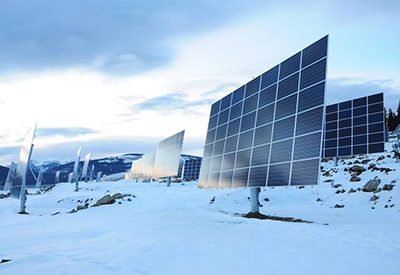
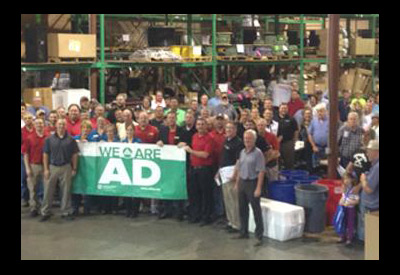
![Guide to the Canadian Electrical Code, Part 1[i], 26th Edition– A Road Map: Electrical Safety Regulation in Canada](https://electricalindustry.ca/wp-content/uploads/2022/11/Guide-CE-Code-2-768x432.png)

